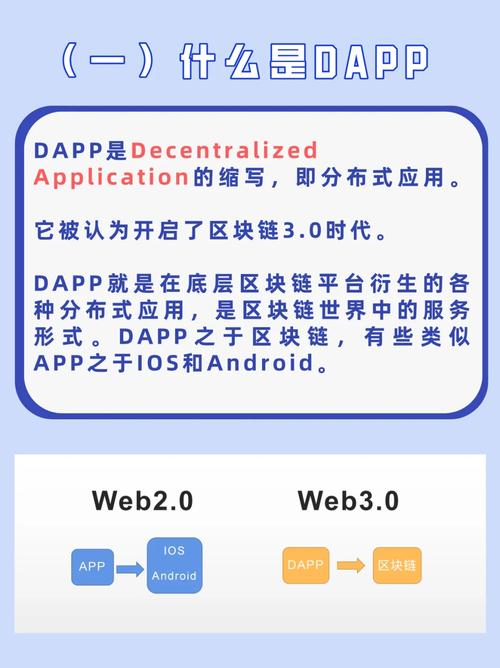The cryptocurrency landscape continues to evolve, and with it, the demand for mining hardware and hosting services has surged. As we plunge into 2024, a wave of innovative retailers has emerged in the United States, catering to the burgeoning needs of both novice miners and seasoned enthusiasts. These retailers not only provide state-of-the-art mining equipment but also offer top-tier hosting services, bridging a crucial gap in the market.

At the heart of cryptocurrency mining lies an intricate system that balances technology, power consumption, and market dynamics. With Bitcoin (BTC) leading the charge, mining operations seek to strike a delicate equilibrium between their operational costs and profitability. Retailers in the mining sector are now aware that providing high-quality mining rigs is only half the equation; robust hosting services are essential for maximizing efficiency and uptime.
The key attributes that distinguish a top-tier mining equipment retailer from the rest are their offerings of hosting services, customer support, and comprehensive solutions tailored to various cryptocurrencies. For instance, while Bitcoin may be the pioneer, currencies like Ethereum (ETH) and Dogecoin (DOG) have carved out significant niches as well. As such, hosting facilities that can accommodate different algorithms and requirements for these currencies become increasingly relevant.

Among the myriad of retail solutions, you’ll find dedicated miners specializing in ASIC (Application-Specific Integrated Circuit) and GPU (Graphics Processing Unit) rigs. ASIC miners are particularly optimized for networks like Bitcoin, while GPU setups might favor altcoins like Ethereum. The explosion of decentralized finance (DeFi) and non-fungible tokens (NFTs) has further catalyzed interest in diverse mining options, making it imperative for retailers to stay abreast of technological advancements.
Furthermore, the rise of mining farms has reshaped traditional mining paradigms. These farms aggregate hundreds, if not thousands, of mining rigs under one roof, facilitating economies of scale that individual miners simply cannot achieve. They often leverage advanced cooling technologies, reliable power supply systems, and operational strategies that can navigate the complexities of cryptocurrency market fluctuations.

For those contemplating entry into the crypto mining realm or existing miners aiming to upgrade their setups, choosing a reputable retailer with an established hosting service is paramount. Not only do these services ensure consistent performance and uptime, but they also often provide monitoring tools that allow users to track their investment’s efficiency in real time. This degree of insight can prove invaluable, particularly when every second counts in a volatile market.
Moreover, as regulatory scrutiny around cryptocurrencies intensifies, reputable retailers are also evolving to facilitate compliant mining practices. Staying informed about local regulations and ensuring all operations are above board can save miners from potential legal troubles down the line. The best retailers are proactive in providing guidance around compliance and best practices for their clients.
The multi-faceted nature of cryptocurrency mining means that users are continually seeking knowledge and support. Leading retailers often harness this need by fostering communities, offering educational resources, and providing customer-centric services that go beyond mere sales. The future of mining isn’t just about having the latest gear; it’s about building relationships and networks that enable success.

As we look ahead in 2024, the opportunities for miners, both new and experienced, are vast and varied. With a landscape that is continuously in flux, retailers that understand the nuances of different cryptocurrencies, hardware capabilities, and hosting needs will likely emerge as frontrunners in the industry. Whether you’re drawn into the world of Bitcoin, Ethereum, or altcoins like Dogecoin, the potential for growth and innovation remains boundless.
The dialogue surrounding cryptocurrency mining is not one-dimensional. As advances continue to unfold, and as miners adapt to new realities of energy consumption and regulatory landscapes, an ecosystem emerges that thrives on collaboration and informed decision-making. Choosing the right retailer with dependable hosting services can indeed be the key to success in this exciting, yet unpredictable, journey.















